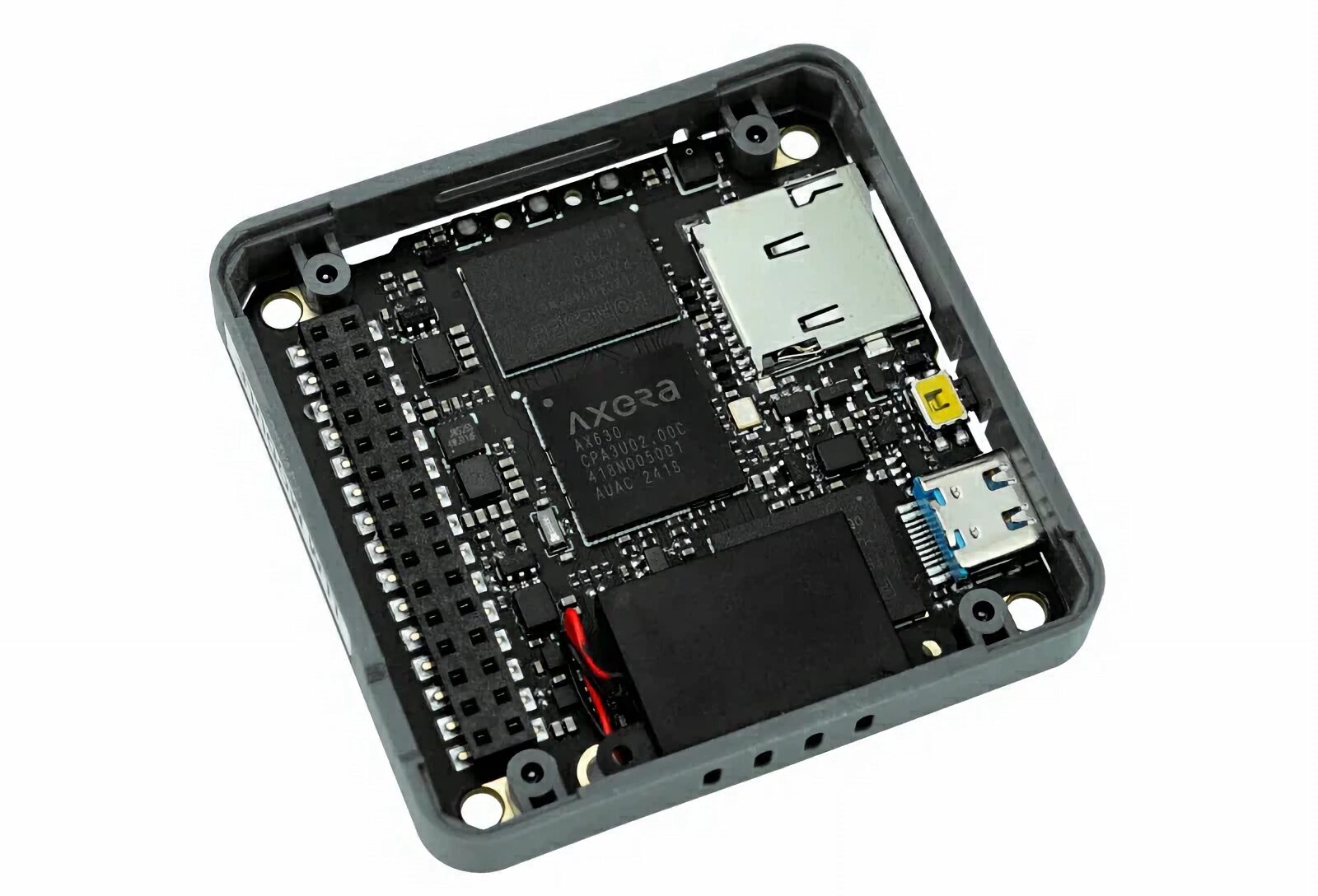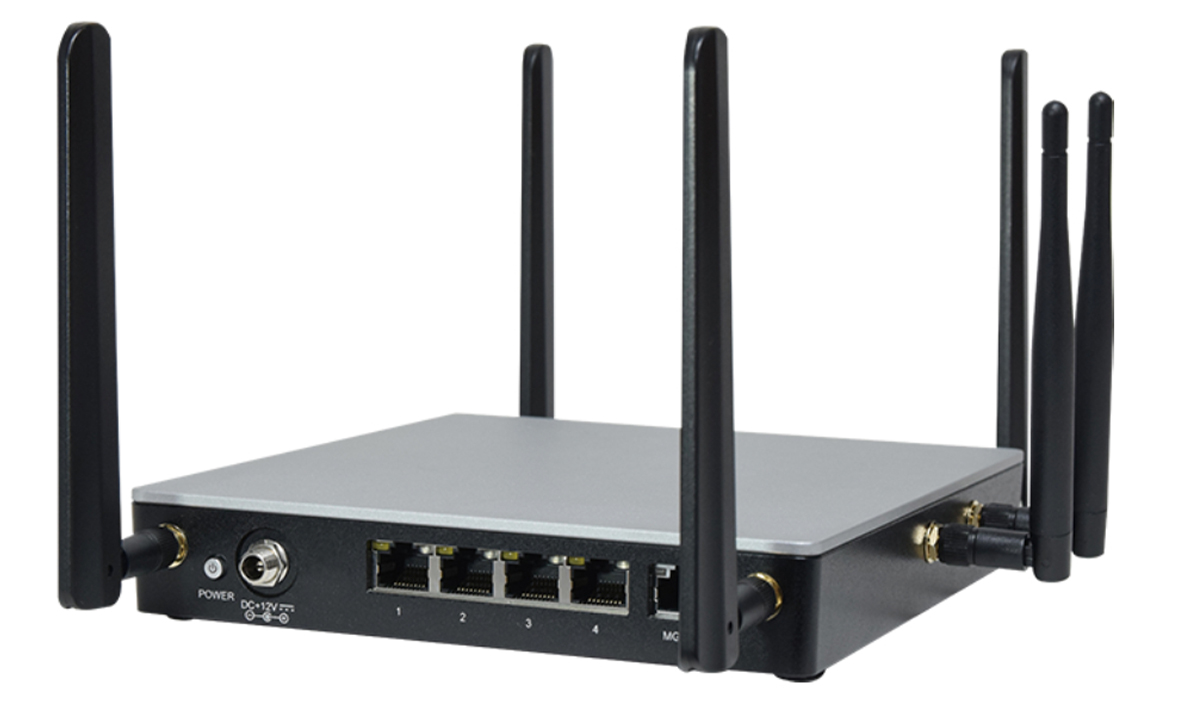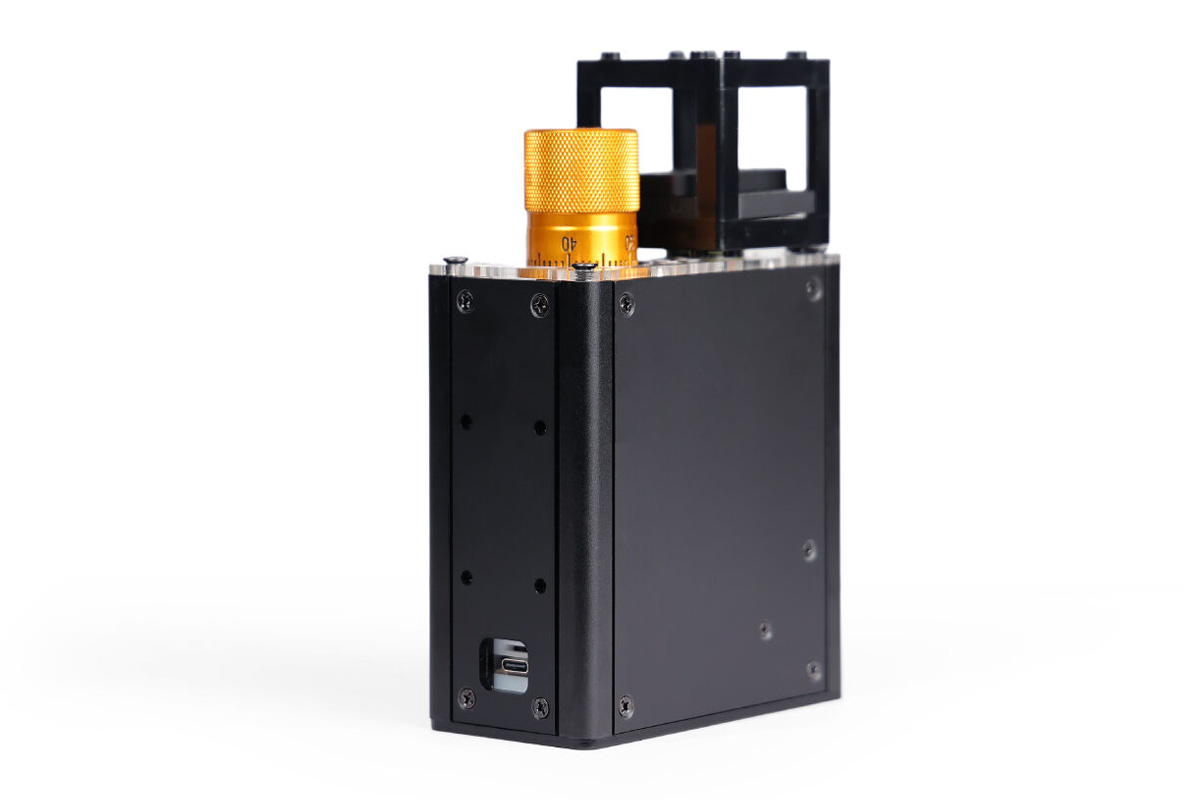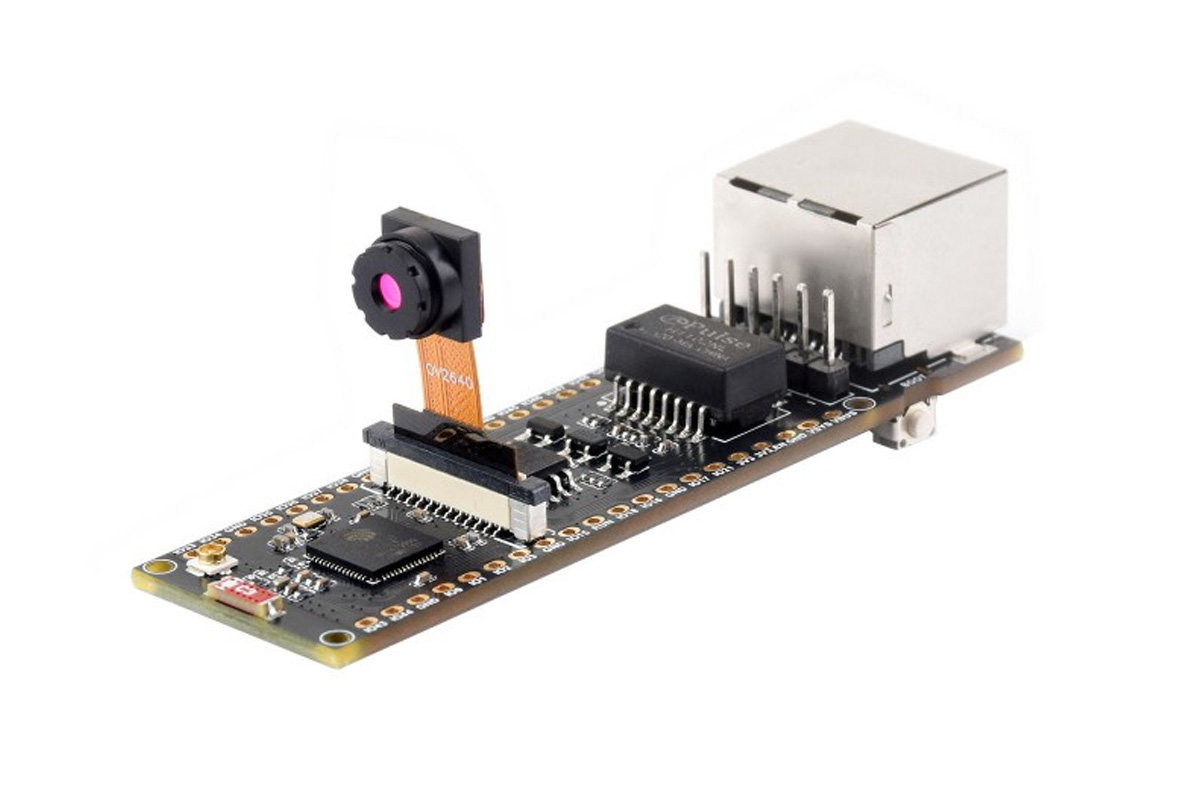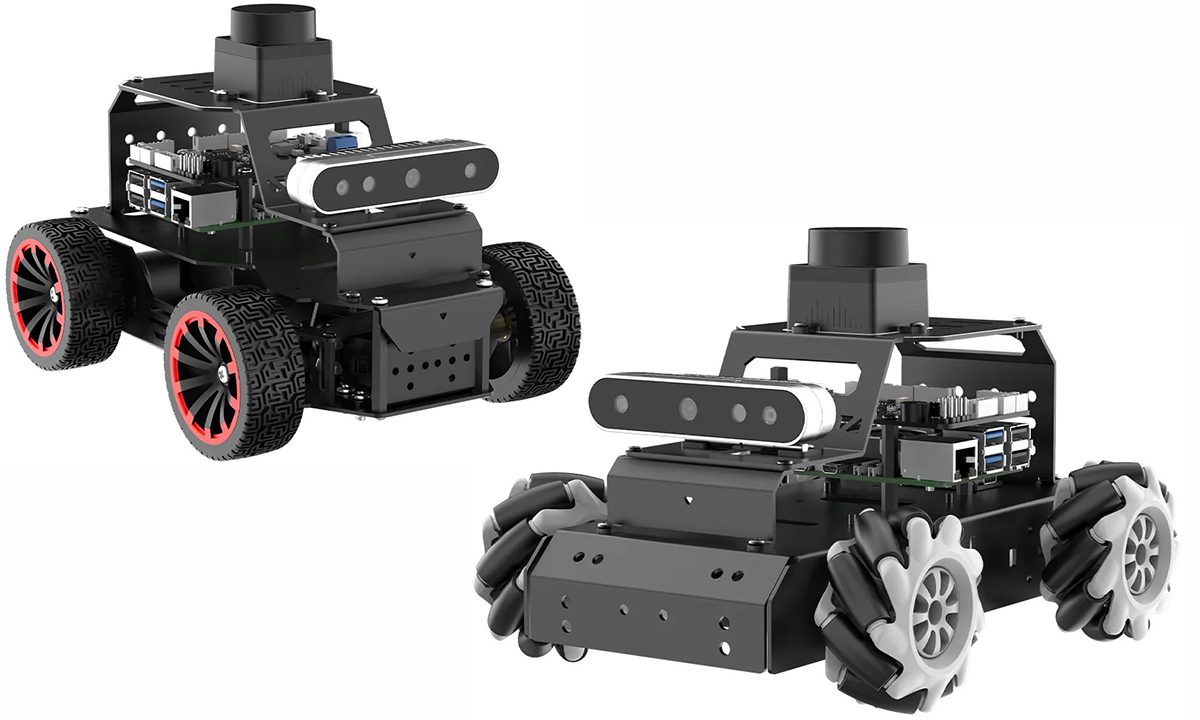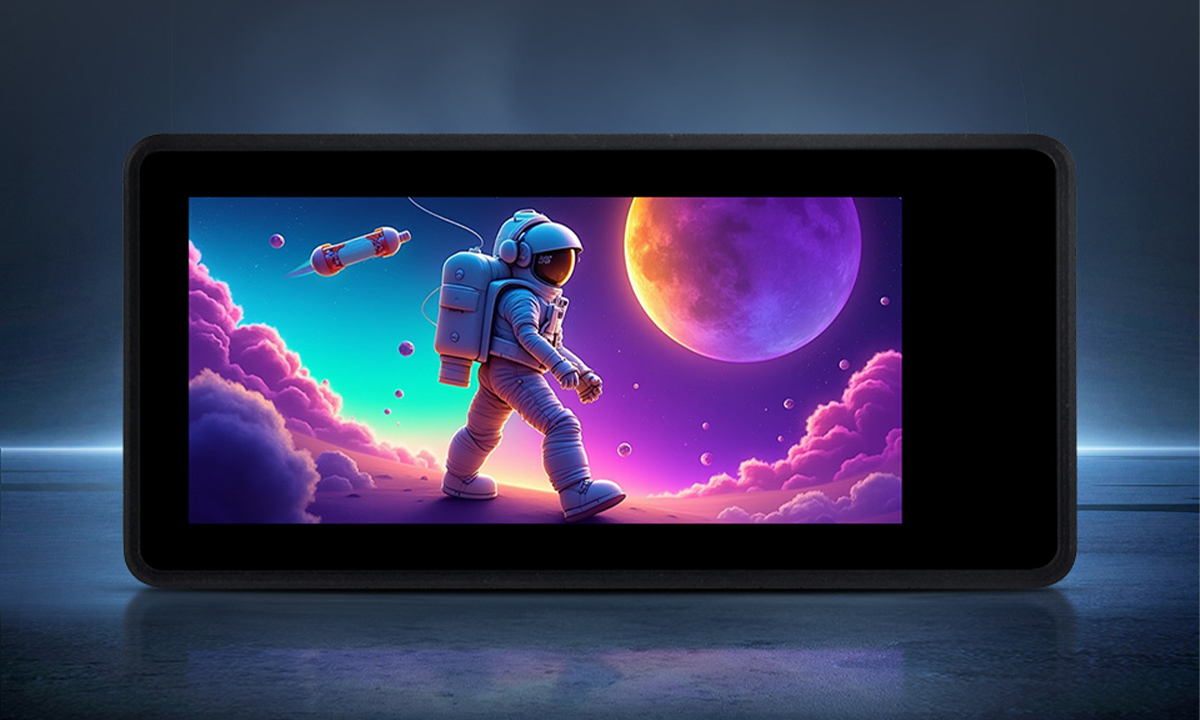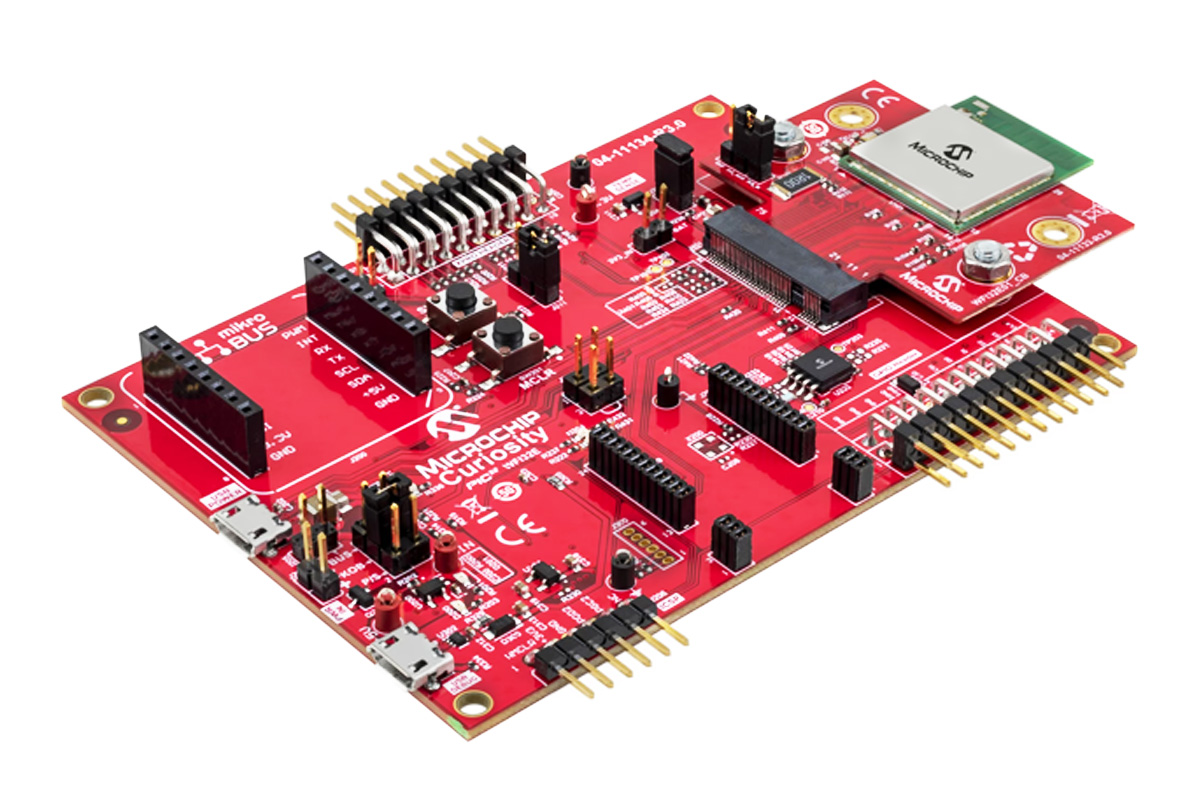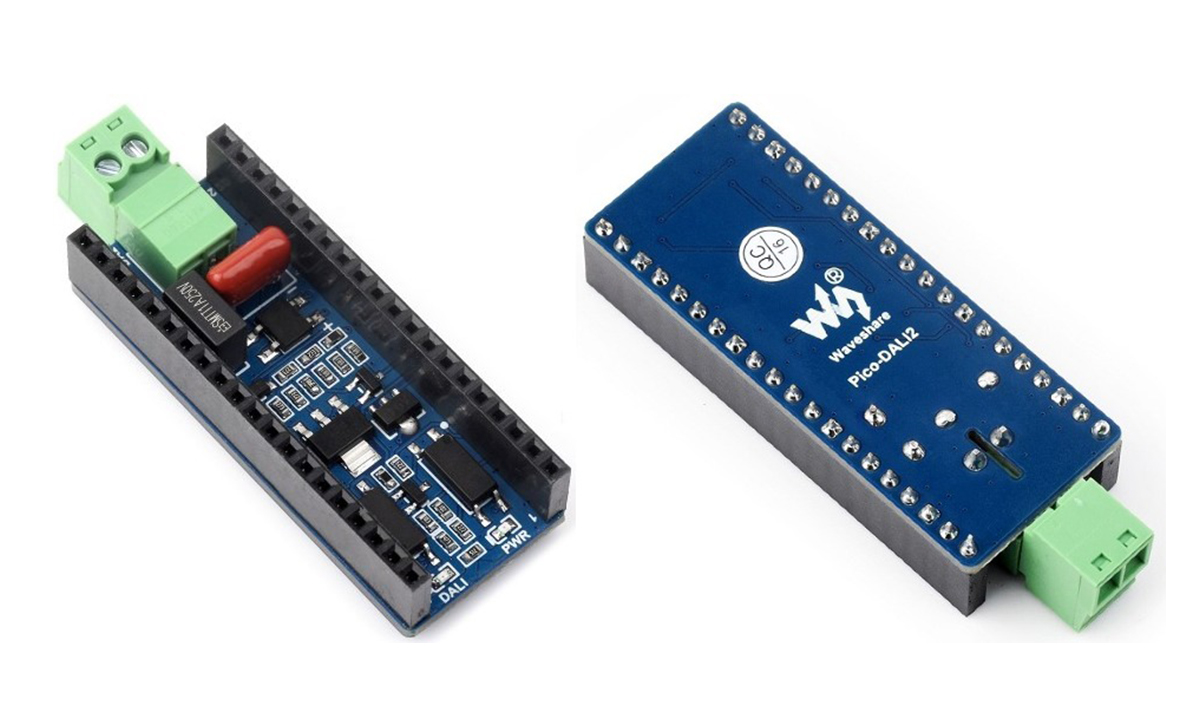The M5Stack Module LLM is yet another box-shaped device from the company that provides artificially intelligent control without internet access. It is described as an “integrated offline Large Language Model (LLM) inference module” which can be used to implement local LLM-based solutions in smart homes, voice assistants, and industrial control. Module LLM is powered by the AX630C SoC, equipped with 4GB LPDDR4 memory, 32GB storage, and a 3.2 TOPS (INT8) or 12.8 TOPS (INT4) NPU. M5Stack says the main chip has an average runtime power consumption of 1.5W, making it suitable for long-term operation. It has a built-in microphone, speaker, microSD card slot, and USB OTG. The USB port can connect peripherals such as cameras and debuggers, and the microSD card slot supports cold and hot firmware updates. The M5Stack Module LLM joins the list of other offline, on-device LLM-based solutions, such as the SenseCAP Watcher, Useful Sensors’ AI in […]
Lanner NCA-1050 – A fanless desktop network appliance with Intel Amston Lake SoC
The Lanner NCA-1050 is a fanless desktop network appliance by Intel Atom Amston Lake processors (X7835RE, X7405C, X7203C) for efficient, low-power performance. Designed for edge deployments, branch offices, and retail environments, it supports up to 16GB of DDR5 4800MHz memory and M.2 SATA storage. With versatile connectivity options, the NCA-1050 features one 2.5GbE RJ45 port, four GbE RJ45 ports, a console port, a USB 3.1 port, DisplayPort, and optional PoE+ support. It also offers two M.2 slots (PCIe/USB3.1), two Nano-SIM slots, and six antenna holes, allowing for flexible expansion and wireless configurations, making it adaptable to various network setups. Lanner NCA-1050 specifications: SoC NCA-1050A – Intel Atom x7835RE 1.3GHz octa-core processor with 6MB cache, 32EU Intel UHD graphics; TDP: 12W NCA-1050B – Intel Atom X7405C 2.2GHz quad-core processor with 6MB cache; TDP: 12W NCA-1050C – Intel Atom X7203C 2 GHz dual-core processor with 6MB cache; TDP: 12W System Memory – […]
OpenUC2 10x is an ESP32-S3 portable microscope with AI-powered real-time image analysis
Seeed Studio has recently launched the OpenUC2 10x AI portable microscope built around the XIAO ESP32-S3 Sense module. Designed for educational, environmental research, health monitoring, and prototyping applications this microscope features an OV2640 camera with a 10x magnification with precise motorized focusing, high-resolution imaging, and real-time TinyML processing for image handling. The microscope is modular and open-source making it easy to customize and expand its features using 3D-printed parts, motorized stages, and additional sensors. It supports Wi-Fi connectivity with a durable body, uses USB-C for power and swappable objectives make it usable in various applications. Previously we have written about similar portable microscopes like the ioLight microscope and the KoPa W5 Wi-Fi Microscope, and Jean-Luc also tested a cheap USB microscope to read part number of components. Feel free to check those out if you are looking for a cheap microscope. OpenUC2 10x specifications: Wireless MCU – Espressif Systems ESP32-S3 CPU […]
Waveshare ESP32-S3 ETH board provides Ethernet and camera connectors, supports Raspberry Pi Pico HATs
Waveshare has recently launched the ESP32-S3-ETH development board with an Ethernet RJ45 jack, a camera interface, and compatibility with Raspberry Pi Pico HAT expansion boards. This board includes a microSD card interface and supports OV2640 and OV5640 camera modules. Additionally, it offers an optional Power over Ethernet (PoE) module, making it ideal for applications such as smart home projects, AI-enhanced computer vision, and image acquisition. Previously, we have written about LILYGO T-ETH-Lite, an ESP32-S3 board with Ethernet and optional PoE support. We have also written about LuckFox Pico Pro and Pico Max, Rockchip RV1106-powered development boards with 10/100M Ethernet and camera support. The ESP32-S3-ETH board is like a combination of those two, where you get an ESP32-S3 microcontroller, Ethernet (with optional PoE), and a camera interface. ESP32-S3 ETH development board specifications: Wireless module ESP32-S3R8 MCU – ESP32-S3 dual-core LX7 microprocessor @ up to 240 MHz with Vector extension for machine learning Memory – 8MB PSRAM Storage […]
MentorPi is a ROS2-compatible, Raspberry Pi 5-based robot car with Mecanum or Ackermann chassis
MentorPi is a ROS2-compatible robot car powered by the Raspberry Pi 5, designed for AI-driven robotics and Python programming. It offers two chassis options: MentorPi-M1, which features a Mecanum-wheel chassis, and MentorPi-A1, equipped with an Ackermann chassis. Both variants come with high-performance components such as closed-loop encoder motors, STL-19P TOF lidar, 3D depth cameras, and high-torque servos. These enable precise navigation, SLAM mapping, path planning, and dynamic obstacle avoidance, making MentorPi an ideal platform for robotics tasks. The system utilizes a dual-controller architecture to optimize performance. The Raspberry Pi 5 handles AI vision processing and strategic functions, while Hiwonder’s RRC Lite expansion board manages motion control and sensor data processing. This task distribution enhances efficiency in machine vision, AI-powered navigation, and robotic control, allowing MentorPi to tackle complex AI and vision-based applications with ease. MentorPi also supports advanced features like 3D visual mapping and YOLOv5-based object detection for recognizing road […]
ESP32-S3 board features 1.91-inch AMOLED display and QMI8658 6-axis motion sensor
Waveshare has launched an ESP32-S3 1.91-inch AMOLED development board with a 6-axis motion sensor designed for the rapid prototyping of IoT and portable projects with interactive displays. The board is built around the ESP32-S3R8 chip, featuring a 32-bit LX7 dual-core processor running at up to 240MHz, with integrated 2.4GHz Wi-Fi and Bluetooth BLE 5. It also includes 16MB Flash, 8MB PSRAM, 512KB SRAM, and 384KB ROM for efficient processing and memory management. At the core of its display capabilities is a 1.91-inch AMOLED screen with a 240×536 resolution, supporting 16.7 million colors. Powered by the RM67162 controller and connected via the QSPI interface, the display is ideal for running GUI applications like LVGL. The board is available in both touch and non-touch versions, with the touch-enabled models using the FT3168 touch IC. Other features include a QMI8658 6-axis IMU, a microSD card slot, and a Lithium battery header. The ESP32-S3 […]
Microchip PIC32MZ-W1 is a 32-bit MIPS WiFi MCU with 60+ GPIO, USB, CAN Bus, Ethernet, and more
Microchip recently released the PIC32MZ-W1 wireless MCU along with 20 other WiFi parts, including WiFi MCUs, link controllers, network controllers, and plug-and-play modules. Among them, the PIC32MZ-W1 wireless MCU is the most interesting because of its 32-bit MIPS microAptiv M-class core running at up to 200MHz, advanced hardware security features, and integrated Microchip Trust Platform for secure cloud authentication. Over the years ESP32 MCUs have become the go-to choice for wireless applications. Still, one problem we always have with ESP32 SoCs is their limited GPIO option due to their strapped-out pin structures. But this new MCU has over 60 GPIO pins to work with along with Ethernet MAC, USB, CAN Bus, CANFD, SPI, I2C, SQI, UART, ADC, JTAG, and more. PIC32MZ-W1 wireless MCU specifications MCU MIPS32 M-Class core clocked at 200 MHz 16KB I-Cache, 16KB D-Cache microMIPS mode (up to 35% smaller code size) DSP extensions (4x 64-bit accumulators, single-cycle […]
DALI2 expansion module for ESP32-C6-Pico and ESP32-S3-Pico boards facilitates Smart Lighting integration
Waveshare has recently launched the Pico-DALI2 expansion module for ESP32-Pico series boards designed to enable DALI communication for customized control of multiple lighting groups. It is compatible with development boards such as the ESP32-C6-Pico and ESP32-S3-Pico and includes a DALI communication screw terminal for connecting external DALI devices. DALI (Digital Addressable Lighting Interface) is a standardized protocol used for lighting control in building automation systems. The latest version of the DALI2 protocol is better than the old one in that it offers enhanced interoperability, additional features like multi-master configurations, and better energy management capabilities. DALI2 devices can communicate bidirectionally, meaning controllers can send commands and also receive status feedback from lighting devices, allowing for more complex automation and diagnostics. We can get more information about DALI from Wikipedia. We have previously seen the uses of DALI in Texas Instruments MSPM0 Arm Cortex-M0+ microcontrollers as an interface and in Acme CM3-Home […]


